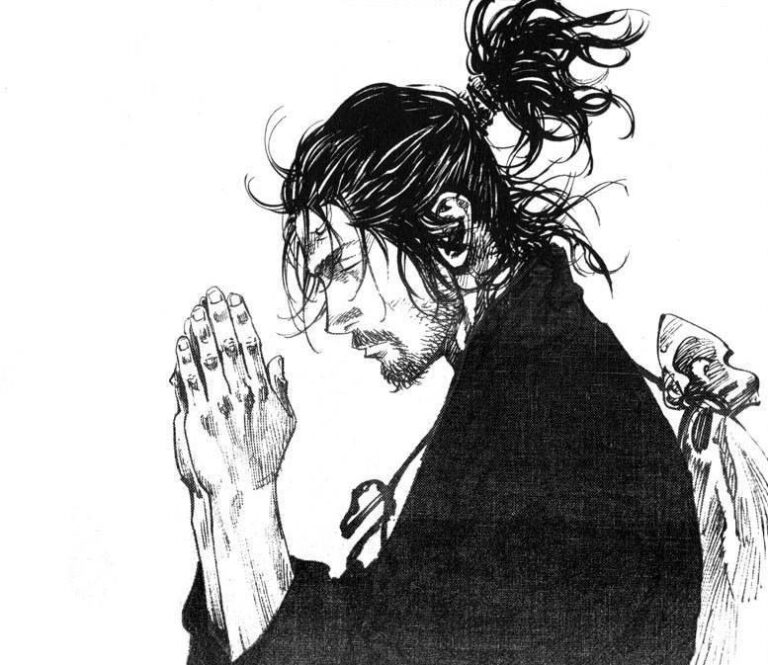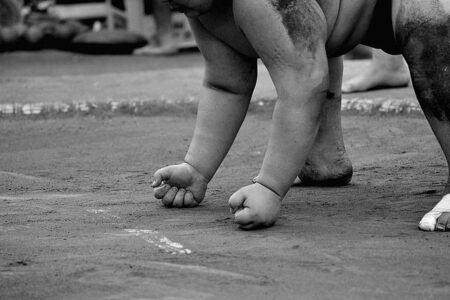Miyamoto Musashi, celebrated as Japan’s greatest samurai, has inspired countless tales of unparalleled swordsmanship and unwavering honor. Yet behind the mythic figure revered for his legendary duels and philosophical writings lies a complex historical reality often obscured by folklore. National Geographic embarks on an investigative journey to separate fact from fiction, shedding new light on the life and legacy of this iconic warrior whose influence continues to shape Japanese culture and martial arts today.
The Historical Reality of Miyamoto Musashi Beyond the Myth
Miyamoto Musashi’s life, often enveloped in layers of legend and folklore, reveals a far more complex and pragmatic figure upon closer examination. Historical records portray him not only as a master swordsman but also as a strategist, artist, and author, whose influence extended beyond the battlefield. His acclaimed dual-sword technique, niten ichi-ryĹ«, was born from countless duels-documented to have surpassed 60 confrontations without defeat-cementing his reputation in feudal Japan’s turbulent Sengoku era. Yet, beyond the sword, Musashi’s pursuits in calligraphy and ink painting illustrate a deeply philosophical mind, challenging the common perception of him as merely a fearless warrior.
Recent archaeological findings and contemporary accounts have helped separate fact from fiction. For instance, new translations of The Book of Five Rings highlight his strategic thinking applicable not only in combat but in life and business. These texts demonstrate how Musashi’s principles emphasized adaptability and psychological awareness, far ahead of his time. Below is a snapshot of key documented aspects of his life and contributions:
- Duels Won: Over 60 documented victories, never defeated
- Artistic Contributions: Renowned calligraphy and ink paintings
- Philosophical Works: Author of “The Book of Five Rings”
- Military Role: Sword instructor and strategist for feudal lords
| Aspect | Historical Fact | Common Myth |
|---|---|---|
| Number of Duel Victories | 60+ | Unbeatable, mystical fighter |
| Artistic Talents | Skilled calligrapher and painter | Purely a warrior without artistic inclination |
| Death | Died from natural causes circa 1645 | Killed in battle or by assassination |
Uncovering Musashi’s Strategic Genius in the Art of Swordsmanship
Miyamoto Musashi transformed traditional swordsmanship through an innovative blend of practical combat experience and philosophical insight. Unlike many samurai bound by rigid code, Musashi’s strategies emphasized adaptability and psychological warfare, turning the unpredictability of battle to his advantage. He developed the concept of “Niten Ichi-ryĹ«,” or “Two Heavens as One,” mastering the dual wielding of swords – an approach that challenged the conventions of his time and proved decisive in over 60 duels.
His tactical ingenuity extended beyond mere swordplay. Musashi’s writings reveal a systematic analysis of timing, distance, and opponent behavior, forming a framework that resonates in modern martial arts and strategy. Key elements include:
- Fluid movement: Using motion to create openings rather than relying on brute force.
- Psychological dominance: Exploiting hesitation and fear to unsettle adversaries.
- Environmental awareness: Adapting fighting techniques to terrain and conditions.
| Aspect | Musashi’s Approach | Traditional Norm |
|---|---|---|
| Sword Technique | Dual wielding (katana + wakizashi) | Single sword use |
| Combat Strategy | Adaptive and fluid tactics | Fixed stances and routines |
| Mental Focus | Psychological disruption | Physical dominance |
| Teaching Philosophy | Pragmatism & continuous learning | Strict adherence to tradition |
Lessons from Musashi’s Life for Modern Leadership and Discipline
Musashi’s unparalleled approach to leadership and discipline transcends his era, offering enduring insights for today’s leaders seeking resilience and strategic clarity. Central to his mindset was an unwavering commitment to self-mastery through relentless practice and observation, emphasizing that true strength arises from continuous learning and adaptation. His life was a testament to the power of detachment-remaining calm amid chaos and detaching ego from decision-making, a principle modern leaders can adopt to foster clearer judgment and emotional intelligence in high-pressure environments.
Beyond individual discipline, Musashi championed the art of strategic innovation, challenging conventional tactics with creative problem-solving. He valued versatility, mastering multiple weapons and approaches, which highlights a crucial lesson: the ability to pivot and diversify skill sets is indispensable in today’s fast-evolving world.
Consider the following table summarizing key leadership traits and their contemporary applications:
| Musashi’s Trait | Modern Leadership Application |
|---|---|
| Focus on self-discipline | Fosters personal accountability and resilience |
| Embracing versatility | Enables adaptability to market changes |
| Detached decision-making | Enhances unbiased strategic planning |
| Continuous learning | Encourages innovation and growth mindsets |
- Discipline: Consistent practice as a daily habit.
- Observation: Learning from every encounter, success or failure.
- Stoicism: Remaining emotionally neutral to maintain control.
- Strategic flexibility: Adapting to shifting conditions astutely.
The Conclusion
As the legend of Miyamoto Musashi continues to captivate imaginations worldwide, the truth behind the man reveals a complex figure shaped by martial skill, strategic genius, and enduring cultural impact. While myth and history intertwine, it is clear that Musashi’s legacy transcends folklore, embodying the spirit of Japan’s samurai era and offering timeless insights into discipline and mastery. National Geographic remains committed to uncovering and presenting such stories that deepen our understanding of history’s most enduring figures.




